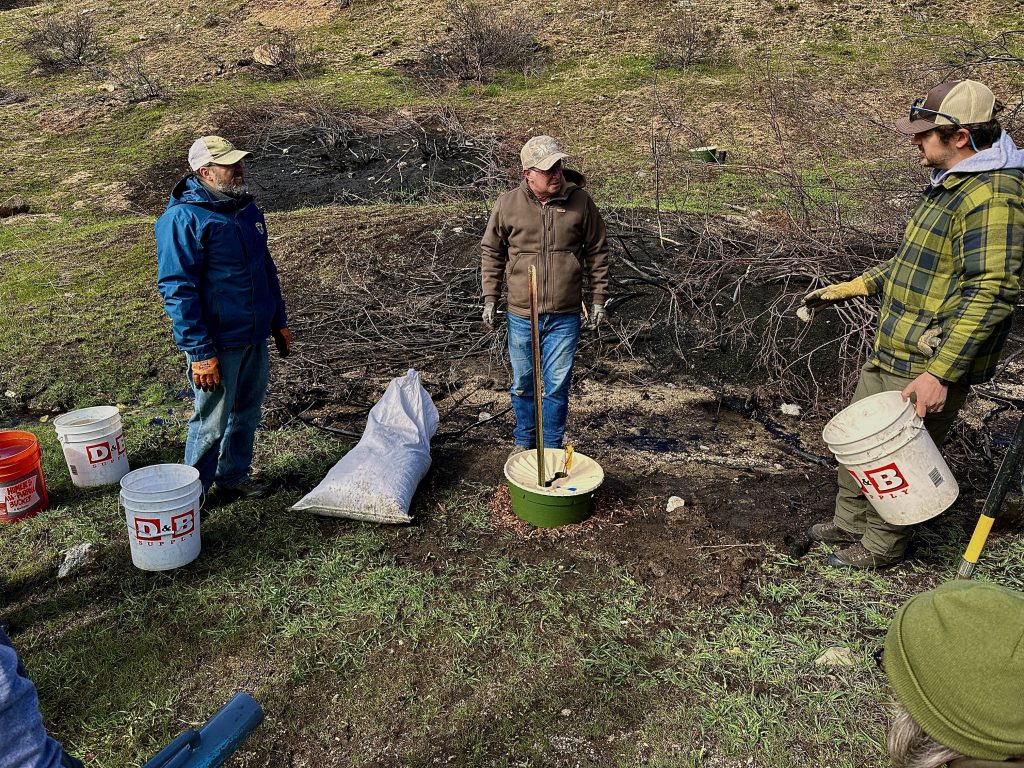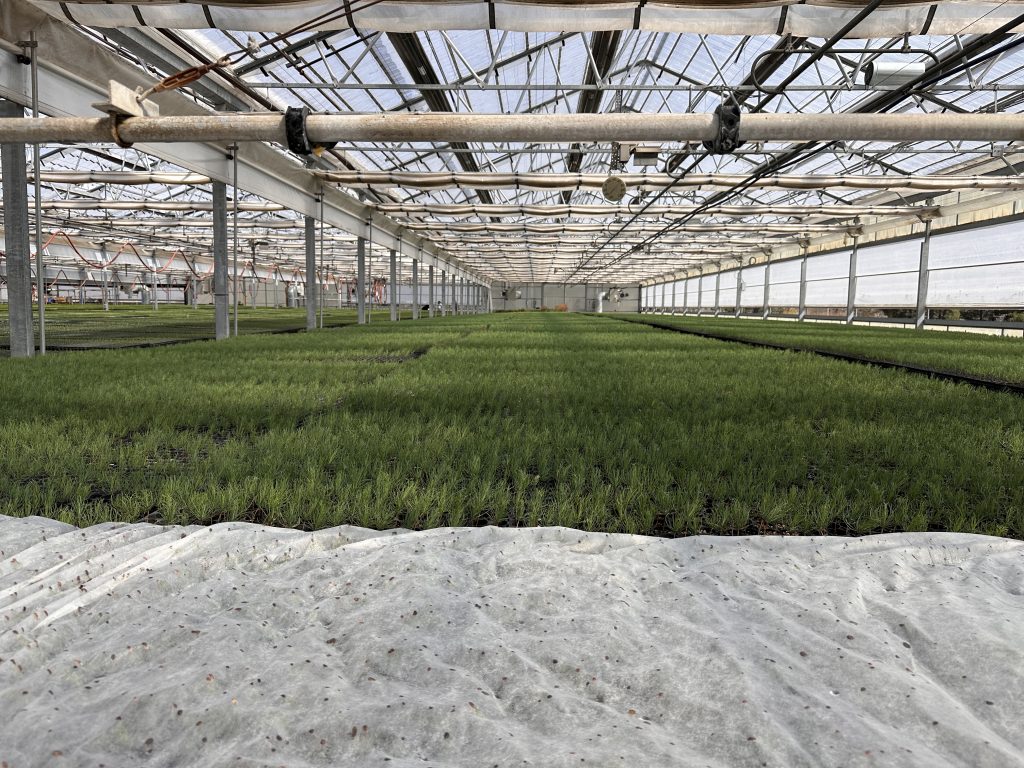Idaho NWTF and IDFG Join Forces to Revive Vital Habitat After Devastating Fire
EDGEFIELD, S.C. — When flames swept through nearly 10,000 acres of the Boise Wildlife Management Area last fall, they didn’t just char the landscape — they scorched one of Idaho’s most critical winter habitats for wildlife. Home to more than 300 species, including wild turkeys and the state's largest wintering mule deer herd, the Boise WMA is vital to Idaho’s wildlife conservation and outdoor recreation legacy. Now, a collaborative effort is breathing life back into this fire-scarred habitat.
The Idaho Department of Fish and Game (IDFG) and the Idaho State Chapter of the National Wild Turkey Federation are collaborating on landscape-scale rehabilitation efforts to restore habitat, conserve wildlife and improve recreational opportunities for the future.
“This is a big project following a huge burn, and it’s going to take all of us working together to bring these wintering grounds back,” said Joe Foster, Idaho NWTF State Chapter president. “The Idaho NWTF State Chapter is doing our part by planting trees and shrubs to jumpstart the natural recovery process. By getting ahead of what would normally take years to return on its own — and using tools like water boxes to give these plantings a better chance — we’re helping reestablish critical habitat for wildlife that rely on this area to survive the winter.”
Restoration efforts are already well underway as IDFG has led recovery operations, including aerial reseeding, seed drilling and the rebuilding of critical infrastructure like fences and roads. These efforts aim to stabilize the landscape and encourage the return of native plants that support diverse wildlife.
In support of this mission, the Idaho NWTF State Chapter has committed funding and boots-on-the-ground assistance. Chapter volunteers and are assisting with tree and shrub planting and deploying an innovative tool — water boxes — to aid in their survival.
Last fall, NWTF coordinated a statewide deal that brought 150 Groasis Waterboxxes to Idaho — high-efficiency water-saving devices that aid tree and shrub survival in arid environments. Foster met with IDFG biologists and staff at the burn site to demonstrate how to install and monitor the water boxes and discussed successful strategies for reestablishing native vegetation.

A mix of 15 native tree and shrub species were planted along a roadside demonstration site using the water boxes. Later that day, the teams worked together to plant sagebrush plugs — a critical food and cover species — and toured the nearby U.S. Forest Service nursery to discuss sourcing for upcoming planting projects.

Additional planting sites will soon be identified with the local NWTF Boise Chapter, working closely with IDFG to ensure long-term success. By partnering with agencies like IDFG, the NWTF continues to make a tangible impact on public lands, wildlife and outdoor recreation across the country.
For now, the Boise WMA remains a story of renewal in progress — a symbol of what’s possible when conservation partners come together with a shared goal: healing the land and safeguarding the future of Idaho’s wild places.
About the National Wild Turkey Federation
Since 1973, the National Wild Turkey Federation has invested over half a billion dollars into wildlife conservation and has positively impacted over 24 million acres of critical wildlife habitat. The NWTF has also invested over $10 million into wild turkey research to guide the management of the wild turkey population and to ensure sustainable populations into perpetuity. The organization continues to deliver its mission by working across boundaries on a landscape scale through its Four Shared Values: clean and abundant water, healthy forests and wildlife habitat, resilient communities, and robust recreational opportunities. With the help of its dedicated members, partners and staff, the NWTF continues its work to provide Healthy Habitats. and Healthy Harvests. for future generations.
